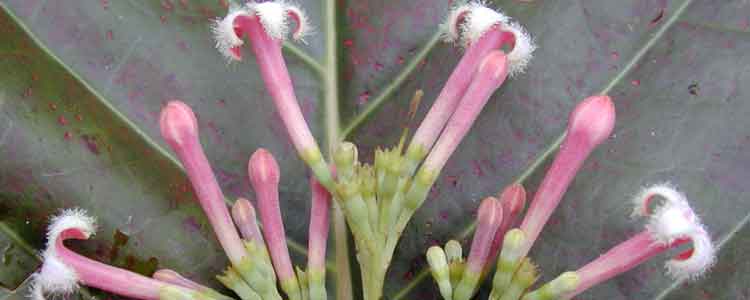
Cinchona is a type of tropical evergreen trees, and it has white or pink aromatic flowers that are all clustered together. This herb is indigenous to plant life in the Amazon Rainforest and is celebrated for its wide variety of health advantages. It is especially present in the Amazon region of the Andes on the eastern slopes. Aside from this, the herb can be seen within the north parts of the Andes as well. Due to its helpfulness with illnesses and conditions, nowadays cinchona is most often cultivated in quite a few tropical locations. Below we discuss the many cinchona benefits and the potential side effects of the herb.
The Various Cinchona Benefits
1) This herb often acts as an anti-fever agent and can be useful for the treatment and prevention of malaria.
2) Its bark is an essential component in natural medicines, and can be used as a digestive stimulant and a tonic for the remedy of illnesses like indigestion.
3) The herb is utilized by some herbalists in South America for treating various kinds of liver cancer, breast cancer, mesenteric cancer, and cancer of the other glands and spleen. Besides this, it is also used for treating amoebic infections, dysentery, dyspepsia, diarrhea, temperature, lumbago, malaria, pneumonia, sciatica, varicose veins, hangovers and even typhoid.
4) In the European natural medicine systems, cinchona bark can be used as a bitter tonic, antimalarial, antiprotozoal, antispasmodic, and as a fever reducer. It’s also useful for managing irregular heartbeats, anemia, leg cramps, and as an anesthetic in some situations.
5) Generally, the herb can be categorized as a superb analgesic, anesthetic, antiarrhythmic, antibacterial, antimalarial, antimicrobial, antiparasitic, antipyretic, antiseptic, antispasmodic, antiviral, astringent, bactericide, cytotoxic, febrifuge, fungicide, insecticide, nervine, and stomachic.
Cinchona Side Effects
Cinchona bark appears to be safe for the majority of individuals when utilized properly. However, in big quantities, cinchona can be fatal and should be considered hazardous. Signs of overdose can include headache, nausea, ringing of the ears, diarrhea, and issues with one’s vision. Cinchona can also trigger allergic and bleeding reactions, including hives.
Don’t use cinchona if you’re pregnant or breast – feeding. There’s some proof that cinchona is hazardous to use when one is pregnant. Very little is known concerning the security of making use of cinchona if you’re breastfeeding, therefore it is advisable to prevent using the herb if you happen to be breastfeeding.
Cinchona can impede blood clotting, so it could raise the danger of additional bleeding after and during surgery. Cease making use of cinchona at least 14 days before you are scheduled to have surgery.
